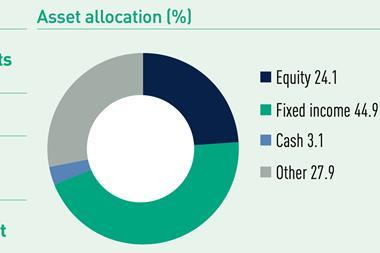Speaking on a panel at the IPE Annual Conference and Awards 2023 in Vienna this week, Petra Hielkeman, chair at European Insurance and Occupational Pensions Authority (EIOPA), and Matti Leppälä, chief executive officer of PensionsEurope, conceded that their organisations cannot do much to increase the number of cross-border pensions.
“IORP II has not delivered cross-border schemes and it has failed because of taxation and social laws,” Leppälä noted. “The issue will remain until basic treaties are changed.” He added that taxation and social legislation would need more harmonisation within the European Union.
Hielkeman agreed: “There is hardly any cross-border activity and the EIOPA advice will not change that.”
In its proposals on an IORP II review issued in September, EIOPA’s recommended: “To enhance the functioning of the internal market and to facilitate cross-border activities and transfers, the advice recommends […] a uniform EU definition of the majority of members and beneficiaries or their representatives needed to approve a cross-border transfer as well as some simplifications of the notification procedures for cross-border activity of defined contributions IORPs.”
EIOPA added: “Beyond the IORP II Directive, the Commission is also advised to explore other possibilities to genuinely develop the internal market for occupational pension provision.”
In its technical advice EIOPA did not give any further details on what these “other possibilities” could be.
New cross-border report
The lack of cross-border activity in Europe has also been confirmed in EIOPA’s latest report on the subject issued on Monday.
Year-end 2022 statistics still show only 31 IORPs operating across borders. Belgium is still the “home country with the broadest geographical coverage, covering 14 different host countries”. The Netherlands hosts the highest number of cross-border IORPs.
Overall, however, cross-border schemes only represent around 100,000 members and are managing just over €10.5bn in assets.
The report concluded: “These findings, together with no indications for a rebound in the foreseeable future, suggest that the original objective of the IORP Directive to stimulate a robust internal market for workplace pensions remains unfulfilled.”
Read the digital edition of IPE’s latest magazine



















No comments yet